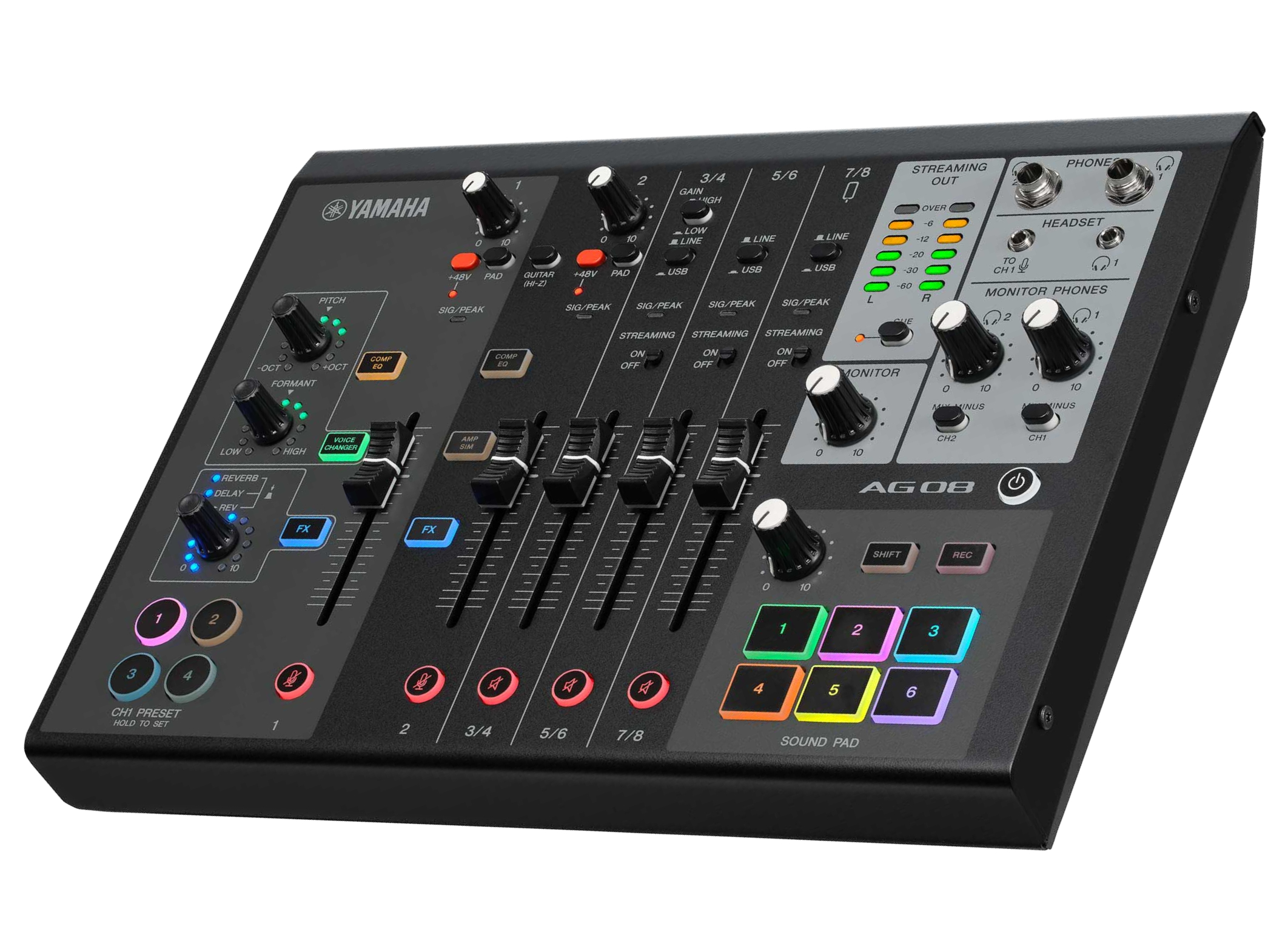1 Idea & Concept
First of all, you need a goal: what do you want to achieve with the podcast? The topics and the visual design should be aligned accordingly. Be as specific as possible, because no one will feel addressed by vague or general concepts that are meant to appeal as many people as possible.
2 Theme plan
Once you have found a concept, check it again by thinking about topics for the first ten episodes in advance. Also, a possible duration and how often the podcast should published. Hint: most podcasts have a duration of 20 - 40 minutes, sometimes up to 60 minutes. The usual interval between episodes is between 3 - 14 days.
3 Setup
The equipment you need must not only meet your requirements, but also be as simple and straightforward as possible to use. If you host your podcast alone, for example, you need nothing more than a microphone and a small mixer. With the AG01, Yamaha even takes minimalism to the extreme, with the mic already integrated.
4 Setup on the road?

The Mic offers connections for external sound sources including a USB-C port for current smartphones to mix music or podcast guests. Each source has a volume control and the power comes via USB. Ideal for on the go. With a suitable power bank, even live use "on the road" with recording to the smartphone is feasible.
5 Multiple participants?

On the other hand, if you want to connect more devices – for example, instruments, a headset, monitor speakers – or need live effects such as talkover and reverb at the touch of a button, we recommend buying a mixer, such as a Yamaha AG03 or AG06. Both are almost identical, but the latter offers a second microphone input for guests.
6 Setup for all cases

If you want your podcast to be able to welcome several guests – be it on-site, connected via cell phone, apps like Skype or a messenger – or require additional sound sources like instruments or a DJ, a full-blown podcast mixer like the AG08 is recommended. In addition to the numerous inputs, it also offers various pads for firing samples.







